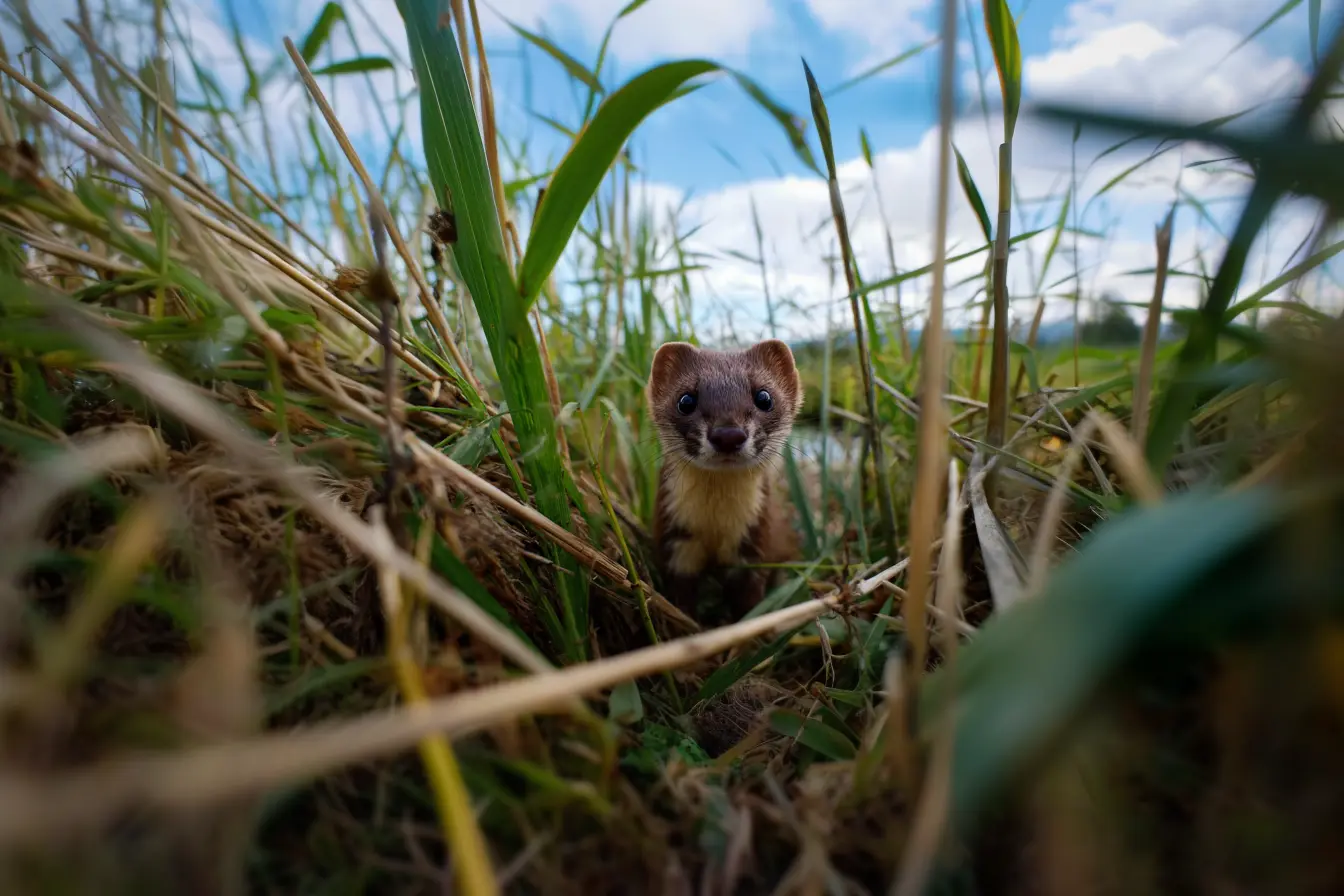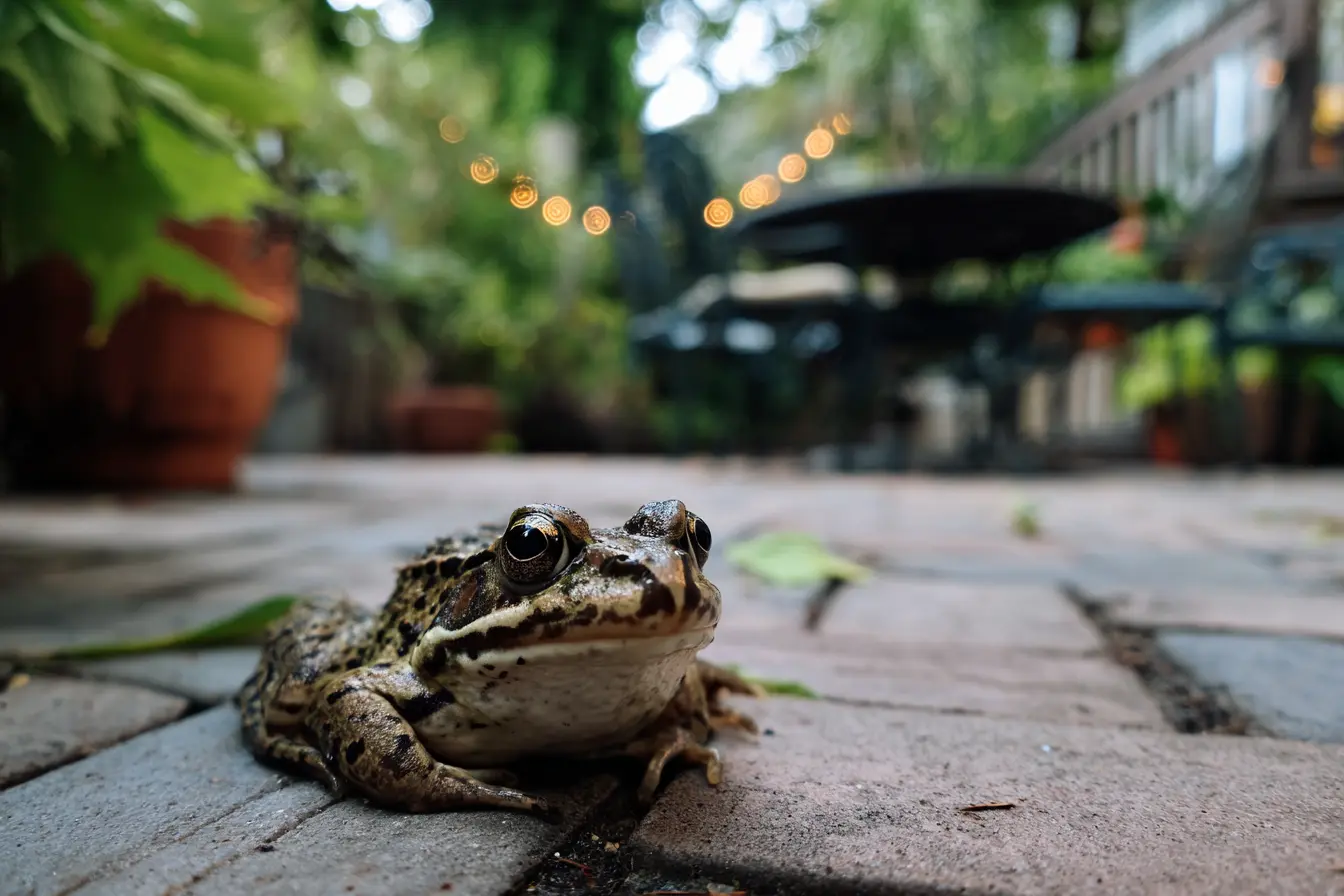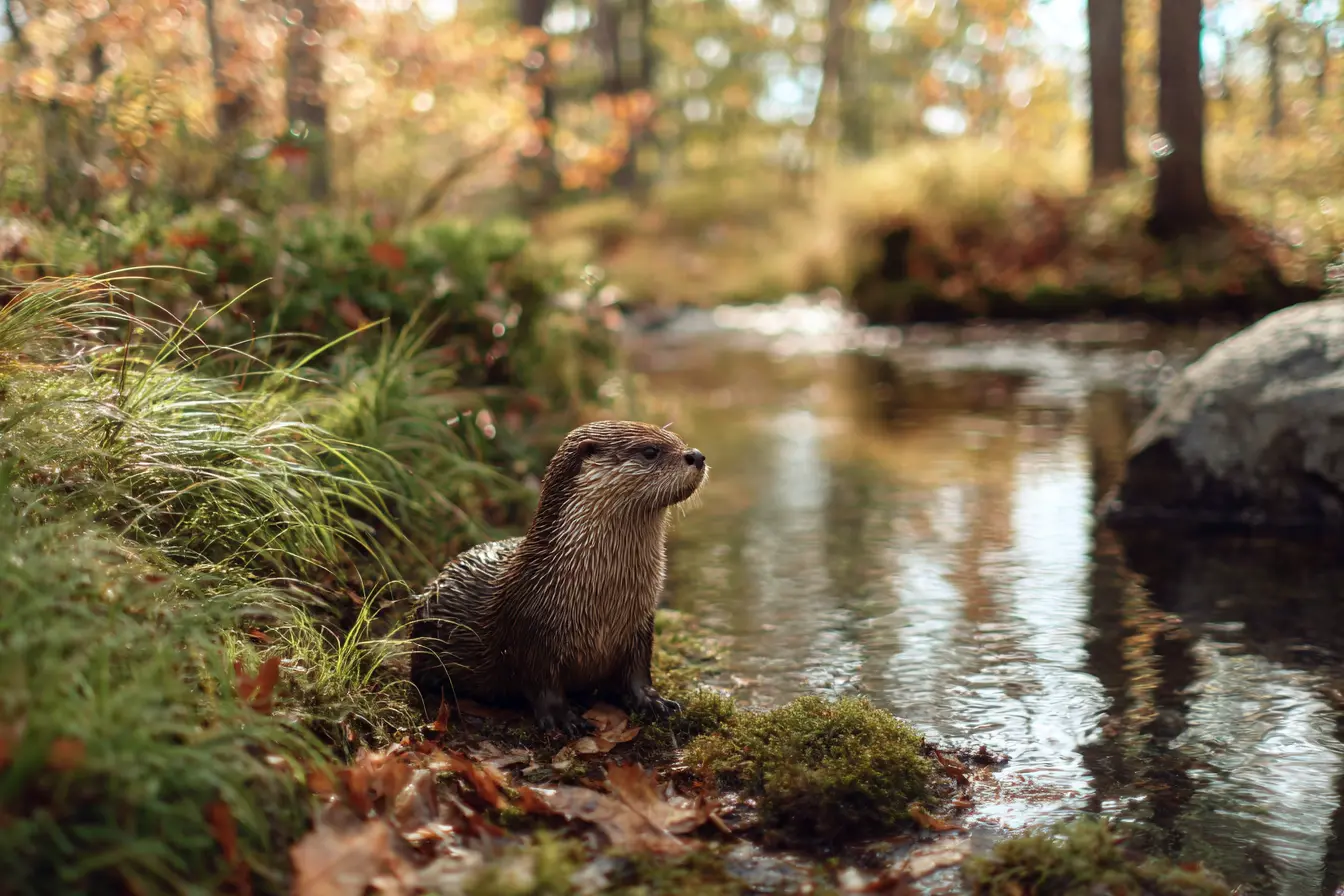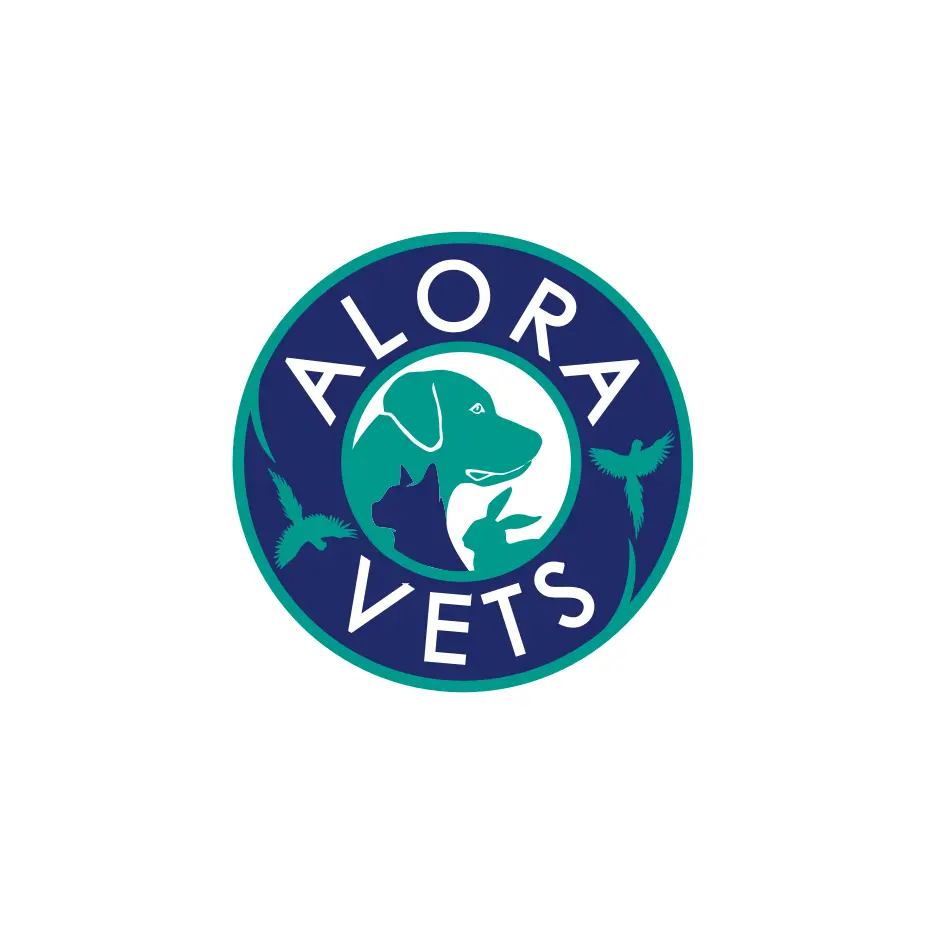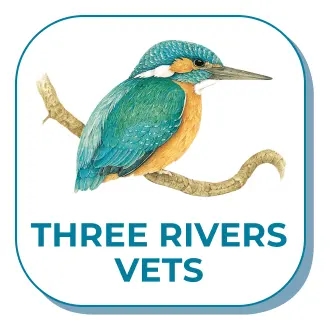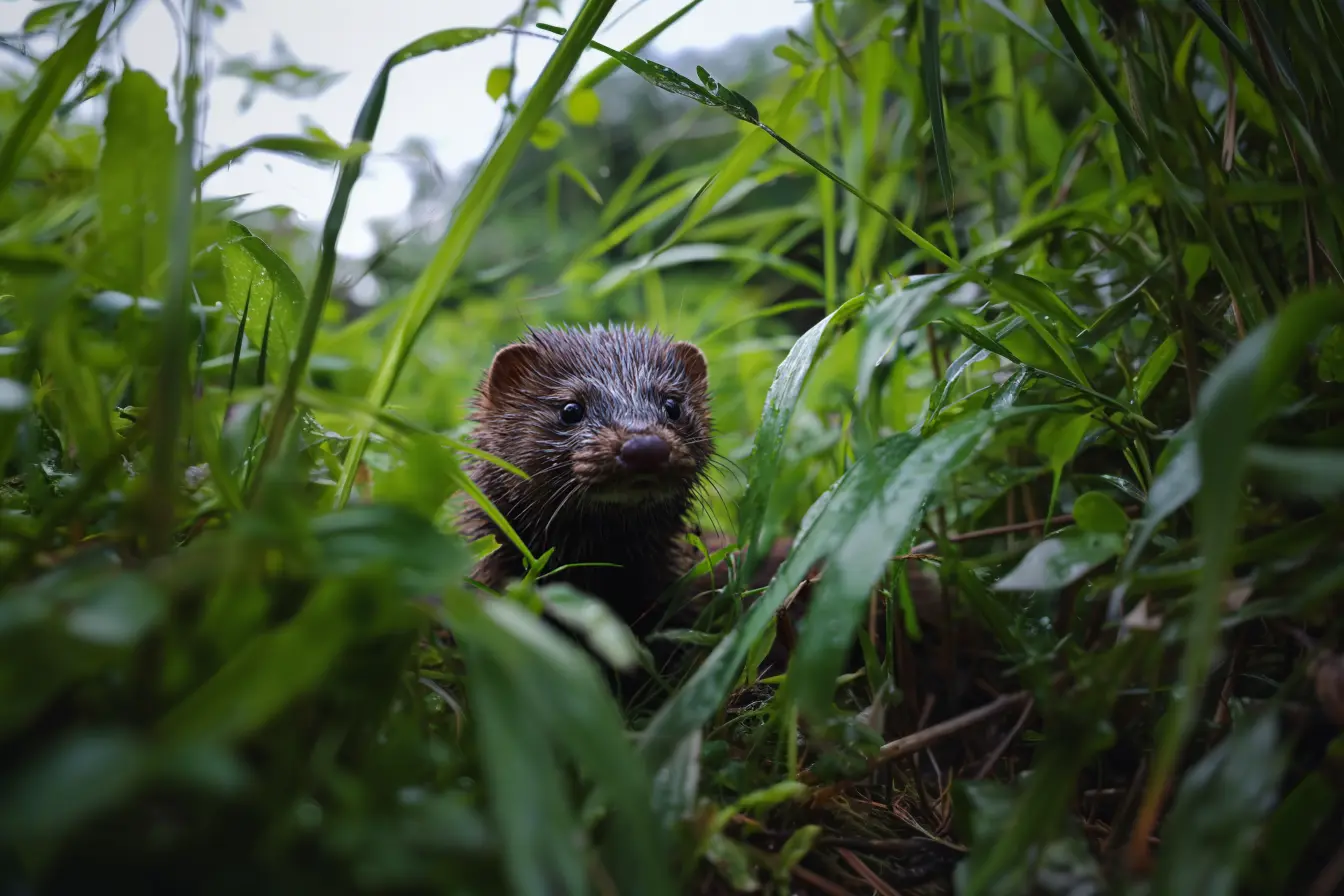
Mink in the UK
Mink are small carnivorous mammals that have become a controversial and ecologically significant presence in the UK. The species found in the British countryside today is the American mink (Neovison vison), a non-native predator that has had a profound impact on native wildlife, particularly water voles and ground-nesting birds.
This blog post offers a detailed overview of mink in the UK, including their history, identification, behaviour, ecological impact, legal status, and control efforts. Understanding mink is essential for anyone interested in wildlife conservation, wetland restoration, or ecosystem management.
Origin and Introduction
The American mink is not native to the UK. It originates from North America, where it inhabits a variety of riparian and wetland environments.
Introduction to the UK
- Fur farming: American mink were introduced to the UK in the 1920s for fur farming. The industry grew rapidly throughout the mid-20th century.
- Escapes and releases: Many mink escaped or were released from fur farms, particularly in the 1950s to 1970s. They quickly established wild populations across much of the country.
- Fur farm ban: Mink farming was banned in England and Wales in 2000 under the Fur Farming (Prohibition) Act. Despite this, feral populations had already become widespread.
The European mink (Mustela lutreola), a separate and critically endangered species, is not native to the UK and has never established wild populations here.
Identification
American mink are members of the mustelid family, which includes otters, stoats, and weasels.
Key features
- Size: Typically 40 to 70 cm long including the tail; males are larger than females.
- Fur: Dark brown to black, usually sleek and glossy. Some individuals may appear lighter brown.
- Tail: Bushy and dark, making up about a third of the body length.
- Markings: A white patch on the chin or throat is common but variable.
- Gait: Characteristic bounding movement on land; strong and agile swimmers.
Mink can be confused with otters, but otters are much larger, have broader faces, longer tails, and often leave distinctive tracks and spraints (droppings).
Habitat and Distribution
Mink are highly adaptable and now occupy a wide range of habitats throughout the UK.
Habitats used by mink
- Rivers, streams, and ditches
- Lakes, ponds, and canals
- Marshes, reedbeds, and wet woodlands
- Coastal areas and estuaries
They are particularly associated with freshwater habitats, where they use riverbanks for dens and forage for food. Their adaptability also allows them to survive in agricultural, suburban, and urban environments.
Distribution
American mink are found across England, Wales, and parts of Scotland and Northern Ireland. Control efforts have reduced their range in certain areas, such as the Scottish Highlands, but they remain widespread in much of the UK.
Behaviour and Ecology
Mink are solitary, territorial predators with a strong affinity for water.
Lifestyle
- Territories: Maintained by scent marking; males have larger territories than females.
- Activity: Mainly nocturnal and crepuscular, but may be active in daylight.
- Shelter: Use natural burrows, hollow tree roots, or old rabbit holes. Sometimes take over the burrows of other animals.
- Reproduction: Breeding occurs in early spring. Females give birth in May or June, producing litters of up to ten kits.
- Dispersal: Young disperse in autumn to establish their own territories.
Mink are opportunistic hunters and excellent swimmers, capable of diving and catching prey underwater.
Diet
Mink are generalist carnivores. Their diet varies seasonally and geographically but includes:
- Small mammals (especially water voles and rabbits)
- Birds and bird eggs, including moorhens and ducklings
- Amphibians and fish
- Crustaceans and insects
Their ability to exploit a wide range of prey makes them particularly damaging to vulnerable native species.
Impact on Native Wildlife
The ecological impact of American mink in the UK has been severe, especially in wetland and riparian environments.
Water voles
Water voles have suffered catastrophic population declines in the UK, with predation by mink being a key factor. Unlike native predators, mink are small enough to enter water vole burrows and prey on both adults and young. This has contributed to a 90 percent reduction in water vole distribution since the 1980s.
Ground-nesting birds
Mink pose a serious threat to ground-nesting and wetland birds, particularly in coastal and island environments. They have been implicated in the collapse of seabird colonies, including terns and puffins, where they predate eggs and chicks.
Fish and amphibians
Mink also predate on fish and amphibians, potentially disrupting aquatic food webs and reducing breeding success in sensitive populations such as great crested newts.
Legal Status
American mink are not protected in the UK and are classified as an invasive non-native species.
Legislation
- Wildlife and Countryside Act 1981: It is illegal to release mink into the wild or allow them to escape.
- Invasive Alien Species (Enforcement and Permitting) Order 2019: Mink are listed under this regulation, which implements EU invasive species rules in UK law.
- Control measures: Trapping and humane dispatch are permitted and encouraged as part of conservation strategies. Any control must comply with animal welfare laws.
Control and Management
Efforts to manage and reduce mink populations are central to protecting native species, particularly water voles.
Mink control techniques
- Live trapping: Cages are baited and monitored daily. Captured mink are euthanised humanely.
- Mink rafts: Floating monitoring devices with clay pads that record footprints. They help detect mink presence before trapping.
- Coordinated programmes: Landscape-scale control led by wildlife trusts, conservation partnerships, and volunteer groups.
Control is most effective when conducted at a catchment or regional scale. Long-term management and monitoring are essential due to the mink's ability to recolonise cleared areas.
Success stories
- Scottish Highlands: Large-scale eradication has allowed water voles to return to areas they had disappeared from.
- Norfolk Broads: Conservation groups have restored vole populations through habitat enhancement and sustained mink control.
Controversies and Challenges
Mink control can be a sensitive topic, particularly in regard to animal welfare and public perception. Challenges include:
- Ensuring humane treatment and ethical justification
- Maintaining funding and coordination for long-term control
- Preventing reinvasion from neighbouring areas
- Addressing public misunderstanding between mink and other mammals like otters
Clear communication, community engagement, and scientific rigour are essential to address these concerns.
Conclusion
American mink are a prime example of how introduced species can radically alter native ecosystems. While they are intelligent and adaptable animals in their own right, their presence in the UK landscape has contributed to the decline of some of the country’s most threatened wildlife.
Through careful, targeted control and ongoing monitoring, conservationists are making progress in reducing their impact. Whether through volunteering, supporting habitat projects, or raising awareness, everyone has a role to play in helping restore balance to the UK’s waterways and protect its vulnerable native species.
Related Vets
Vets near you
Speciality vets
- Aquatics vet specialists
- Birds vet specialists
- Camelids vet specialists
- Cats vet specialists
- Cattle vet specialists
- Deer vet specialists
- Dogs vet specialists
- Equines vet specialists
- Exotic vet specialists
- Goats vet specialists
- Pigs vet specialists
- Poultry vet specialists
- Sheep vet specialists
- Small Mammals vet specialists
- Wild vet specialists
